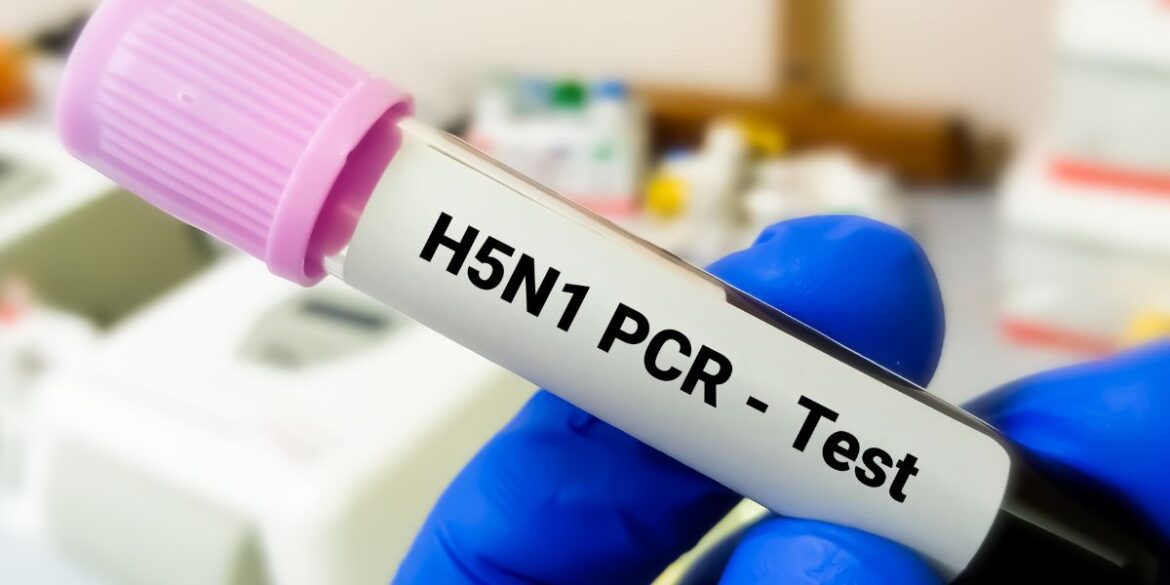Understanding the Impact of H5N1 Outbreak in U.S. Dairy Cattle
The highly pathogenic avian influenza (H5N1) virus has made headlines recently, as it has been detected in dairy cattle across several states in the United States. This unprecedented occurrence marks the first known identification of H5N1 in bovine populations and has raised significant concerns about animal health, food safety, and zoonotic transmission risks. As the outbreak unfolds, it is crucial to monitor the situation closely and understand the implications for public health and agriculture.
Regions Affected by the Outbreak
According to reports from the United States Department of Agriculture (USDA), dairy herds in states including Texas, Idaho, Kansas, New Mexico, Ohio, and Michigan have been affected by the H5N1 virus. The detection of this virus in dairy cattle is alarming, as traditional avian influenza primarily impacts bird populations, particularly poultry. The presence of H5N1 in cattle presents new challenges for animal health and farming practices across the affected regions.
Monitoring and Health Guidelines by the CDC
The Centers for Disease Control and Prevention (CDC) has stepped up efforts to closely monitor the outbreak. Though human cases of H5N1 remain rare, the detection of the virus in a dairy worker in Texas highlights the importance of vigilance. In light of this finding, health officials are advocating for stringent biosecurity measures to protect both agricultural workers and the general public. Following best practices, such as thorough hand washing and wearing protective equipment when handling potentially infected animals, is essential in minimizing exposure risks.
Importance of Pasteurization
Public health officials have emphasized the critical importance of pasteurizing dairy products derived from affected herds. Pasteurization is a process that kills harmful pathogens by heating milk to specific temperatures for a designated period. The existence of H5N1 in dairy cattle raises concerns about the consumption of unpasteurized milk, as previous cases of severe infections in domestic animals, such as cats, were tied to unpasteurized dairy products. Ensuring that dairy products meet health safety standards is essential for consumer protection.
Government Response and Funding Allocation
In light of the outbreak, the USDA, in collaboration with the Department of Health and Human Services (HHS), has allocated nearly $200 million to support containment and mitigation efforts. This funding is crucial for assisting affected dairy farms in implementing enhanced biosecurity protocols and facilitating ongoing surveillance of the virus’s spread within livestock populations. By addressing the outbreak with allocated resources, authorities aim to safeguard both animal health and public safety.
Seeking Medical Attention for Exposed Individuals
Health authorities have issued clear guidance for individuals who may have had contact with infected animals. It is crucial for anyone experiencing flu-like symptoms to seek medical attention promptly. Early detection of potential H5N1 infections can lead to effective treatment and reduce the risk of further transmission. By fostering awareness and encouraging action, public health officials aim to mitigate the impact of this outbreak on both human and animal populations.
Conclusion
The ongoing H5N1 outbreak in U.S. dairy cattle presents a noteworthy challenge for animal health and public safety. With the involvement of federal agencies, dairy farmers, and health officials, measures are being taken to monitor the situation, implement biosecurity practices, and ensure the safety of dairy products. The attention to this issue serves as a reminder of the interconnectedness of animal and human health and the importance of vigilance in combating zoonotic diseases. Awareness, adherence to safety protocols, and timely medical intervention are key factors in effectively managing this outbreak.
FAQs
What is H5N1 and how does it affect cattle?
H5N1 is a subtype of the avian influenza virus that primarily affects birds. Its recent identification in dairy cattle is unprecedented and raises concerns about animal health and potential zoonotic transmission.
What should dairy farmers do to manage the outbreak?
Dairy farmers should implement enhanced biosecurity measures, follow CDC guidelines, and monitor their herds closely. Financial assistance from government funds can help facilitate these efforts.
How can consumers ensure the safety of dairy products?
Consumers should always choose pasteurized dairy products to reduce the risk of exposure to harmful pathogens, including H5N1. Checking labels and buying from reputable sources is advisable.
Are there risks of H5N1 transmission to humans?
While human cases are rare, there have been instances of transmission, particularly among individuals in close contact with infected animals. It is crucial to follow health guidelines to minimize risks.
What steps should individuals take if they experience flu-like symptoms after contact with infected animals?
If individuals develop flu-like symptoms after contact with infected cattle, they should seek medical attention immediately for evaluation and possible treatment.

